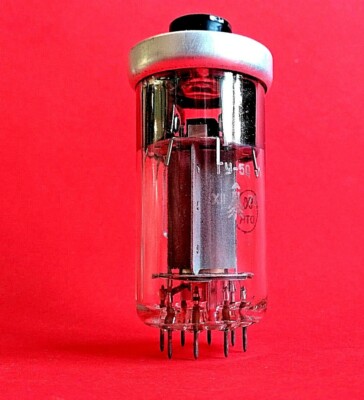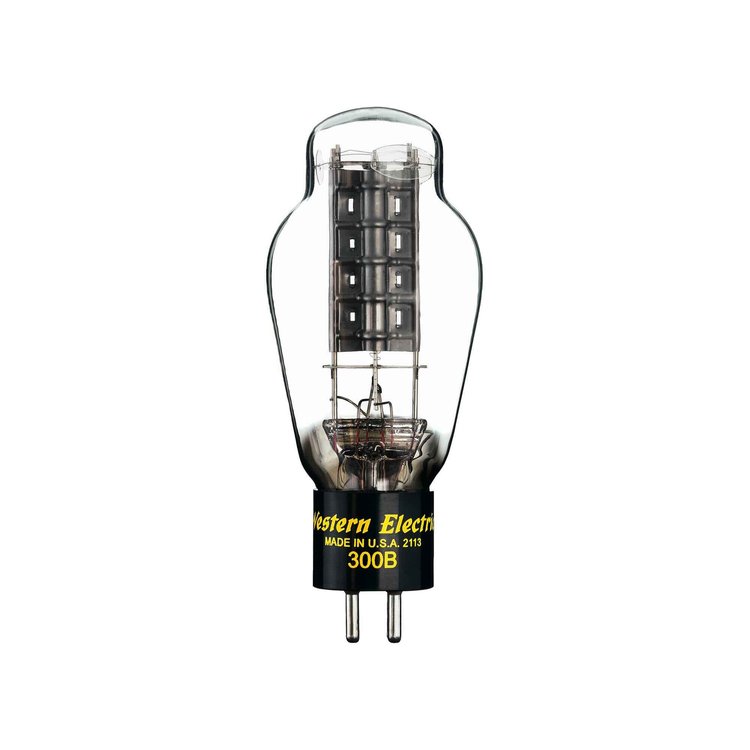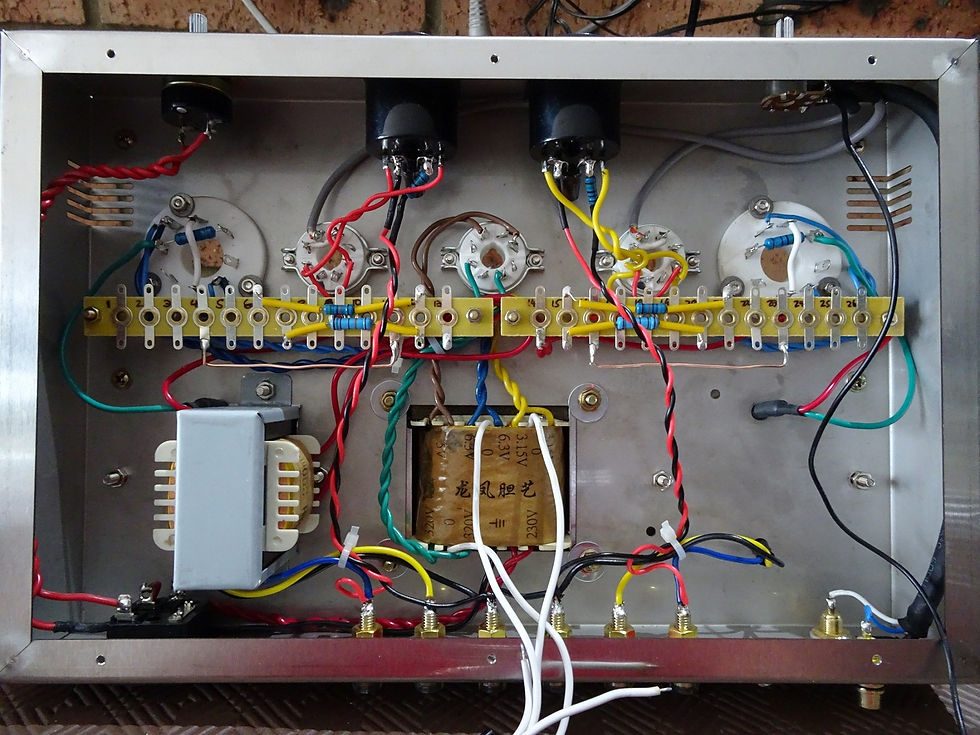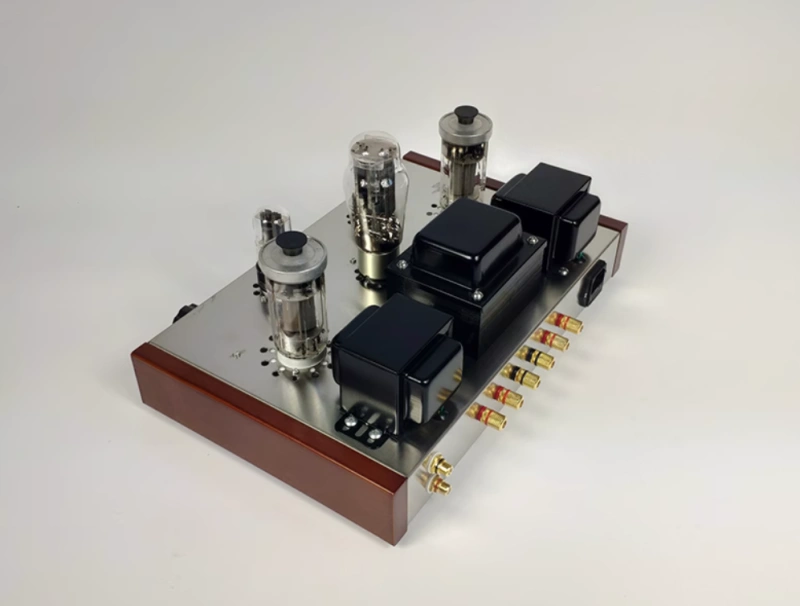The FU50 Amplifier: Unpacking the "Little 300B" Legend
In an era dominated by digital precision and solid-state efficiency, the warm, glowing heart of the vacuum tube amplifier continues to captivate audiophiles. It represents a connection to the golden age of audio, a time when sound was sculpted by hand-wired circuits and glowing glass. Among the pantheon of audio tubes, some are legends, like the Western Electric 300B. Others are unsung heroes. The FU50 falls into the latter category—a rugged, military-grade pentode that has found a second life as the core of surprisingly musical and affordable Hi-Fi amplifiers, earning it the intriguing nickname: the ";little 300B."
From Battlefield to Listening Room: The Unlikely History of the FU50
The story of the FU50 is a fascinating journey through 20th-century geopolitics and technology transfer. Its lineage begins not in an audio lab, but in wartime Germany with the Telefunken LS-50 power pentode. This robust tube was designed for radio frequency (RF) applications in military equipment. After World War II, its design was replicated in the Soviet Union as the GU-50 (ГУ-50), intended for use in military transmitters and RF amplifiers, capable of operating at frequencies up to 120 MHz. The Valve Museum notes its design was specifically for Russian mobile military equipment, featuring a distinctive top handle for quick replacement in the field.
This Soviet design and its manufacturing tooling eventually made their way to China. As discussed in forums like diyAudio, the Chinese tube industry was heavily influenced by Russian designs. The result was the FU50, a near-equivalent of the GU-50, initially produced for similar RF purposes. It was only later that the global Hi-Fi and DIY audio communities discovered its potential for high-quality sound reproduction, transforming this military workhorse into an audiophile darling.

The "Little 300B": Analyzing the Sonic Signature
The FU50's reputation is built largely on its performance in audio amplifiers, particularly when wired as a triode in a single-ended configuration. This is where the "little 300B" comparison originates.
The Allure of Single-Ended Class A
Most FU50 amplifiers are single-ended Class A designs. This circuit topology is revered by audiophiles for its sonic purity. In a Class A amplifier, the output tube conducts current through the entire signal cycle, resulting in very low crossover distortion. As noted by audio experts, this design often produces a high level of even-order harmonic distortion, which the human ear perceives as musically pleasing warmth and richness. This "harmonic glow" is what gives many tube amps their signature "warm, lush, and musical" sound, making vocals and acoustic instruments feel more lifelike.
How Does It Really Sound?
User reviews and expert opinions paint a consistent picture of the FU50's sound. It's often described as having a "sweet and full warm vocal flavor." An amplifier from IWISTAO is praised for its ability to produce a sound that is "pure and delicate," with a "very strong tube taste."
However, it's not just about warmth. One experienced user on a diyAudio forum offered a compelling counterpoint, describing their FU50 amp in the highest terms of neutrality:
Like all the best amps I have ever listened to, built and/or owned, it recedes into the background. It has no character... One simply listens to the music – the amp does not “impress” the listener at all.
This suggests that while the FU50 can deliver classic tube warmth, it can also achieve a high degree of transparency, allowing the music to speak for itself without excessive coloration.
The 300B Comparison: Hype vs. Reality
The "little 300B" nickname stems from the claim that the FU50';s characteristic curves, when operated in triode mode, are very similar to those of the legendary Western Electric 300B. But does it truly measure up?
According to a detailed review on the Cheaptubeaudio blog, the FU50 gets remarkably close for its price. The reviewer notes that while a good 300B amplifier still possesses a more "organic and luscious" and "tonally sophisticated" sound, the FU50 is a formidable contender. It delivers a level of finesse that can outshine other budget single-ended amps based on tubes like the EL34 or 6L6. While it may not have the same power reserve or benign clipping characteristics as a true 300B, its performance-to-price ratio is almost unbeatable.

Anatomy of an FU50 Amplifier: Design and Circuitry
The appeal of FU50 amplifiers goes beyond their sound; their design, accessibility, and the culture around them are key parts of their story.
Common Circuit Topologies
Most FU50 amps use a single-ended circuit where the pentode FU50 is wired to operate as a triode. The choice of driver tube is a key design variation. Many kits and finished amps use the Soviet 6J8P (a pentode equivalent to the American 6SJ7) as a driver. This is significant because, as the Cheaptubeaudio review points out, this configuration bears a resemblance to the classic Western Electric 91A circuit, which famously used a pentode to drive the 300B triode. Another common option is the 6N8P (a double-triode equivalent to the 6SN7), which offers a different sonic flavor.
The DIY Spirit and Kit Culture
A major factor in the FU50's popularity is its embrace by the Do-It-Yourself (DIY) community. Thanks to the availability of inexpensive tubes and transformers from Chinese sources, building an FU50 amplifier is a highly accessible project. Brands like "Dragon & Phoenix" offer complete kits that include all parts and circuit diagrams.
Building from a kit can be a rewarding experience, but it's not without challenges. DIY builders often report needing to troubleshoot issues like transformer hum, which typically requires careful implementation of grounding techniques, such as a proper star earth ground, to resolve. The satisfaction of building your own high-quality tube amp, however, is a powerful motivator for many enthusiasts.

Build Quality and Features
While DIY is a popular route, many commercially available FU50 amplifiers offer impressive build quality that belies their modest price. Reviewers frequently praise the "fabulous" construction of models like the BRZ FU-50, highlighting its luxurious milled aluminum chassis that surpasses many more expensive "high-end" offerings. These amplifiers are not just bare-bones circuits; modern designs often incorporate a range of features, including multiple switchable inputs for CD players, USB DACs, and even MM phono stages for turntables, making them versatile hubs for a complete audio system.

Getting the Most Out of Your FU50 Amp
To unlock the full potential of an FU50 amplifier, two factors are critical: speaker matching and tube selection.
The Importance of Speaker Matching
FU50 amplifiers are low-power devices, typically delivering between 8 to 13 watts per channel. This makes speaker pairing crucial. They perform best with high-sensitivity speakers (generally rated at 90 dB/watt or higher). Efficient speakers allow the amplifier to reach satisfying listening levels without being pushed into distortion. In contrast, power-hungry, low-sensitivity speakers are better suited for high-power solid-state amplifiers that can provide the necessary current and control.
Tube Rolling for Sonic Tweaks
"Tube rolling," or swapping out stock tubes for different, often vintage, alternatives, is a popular way to customize an amplifier';s sound. With an FU50 amp, changing the rectifier and driver tubes can yield significant sonic improvements. For instance, the Cheaptubeaudio review noted that replacing the stock Chinese 5Z4 rectifier with a vintage Chatham 5R4WGA resulted in a sweeter, more detailed sound. Similarly, swapping the stock FU-50 tubes for older Soviet-made versions can enhance texture and dynamics. This ability to tweak and refine the sound is a huge part of the appeal for tube enthusiasts.
Conclusion: The Verdict on the FU50 Amplifier
The FU50 amplifier is a remarkable paradox: a piece of Cold War military technology that has become a symbol of accessible, high-fidelity audio. It may not dethrone the legendary 300B, but the "little 300B" moniker is more than just marketing hype—it's a testament to the incredible sonic value this tube delivers.
For the budget-conscious audiophile, the DIY enthusiast, or anyone with efficient speakers looking for an entry point into the magical world of single-ended tube sound, the FU50 amplifier is an outstanding choice. It offers a listening experience that is pure, engaging, and deeply musical, proving that great sound doesn't always have to come with a high price tag. It has rightfully earned its place as a beloved champion in the global Hi-Fi community.

No comments:
Post a Comment